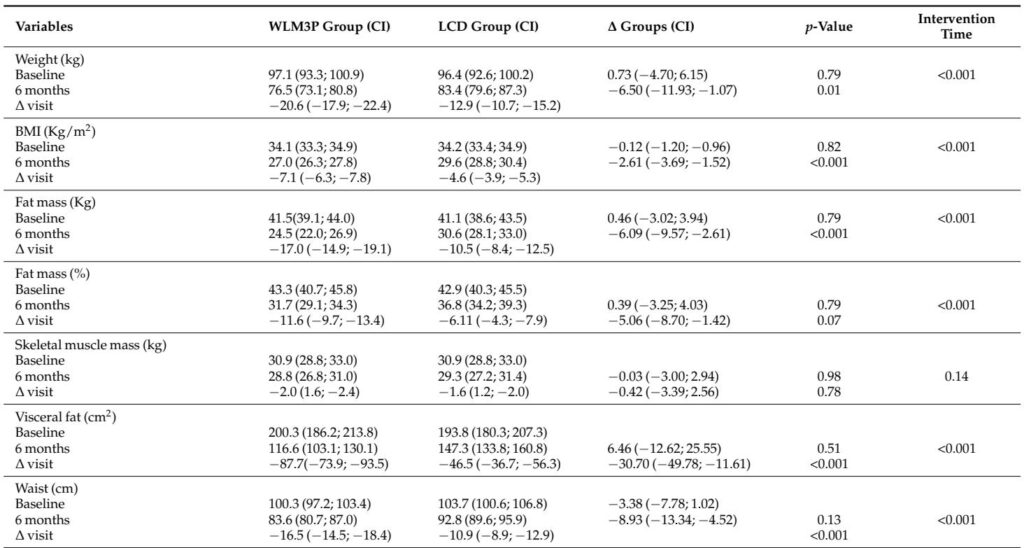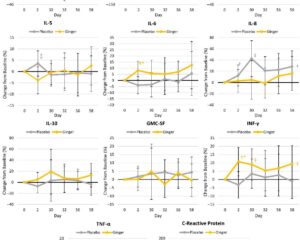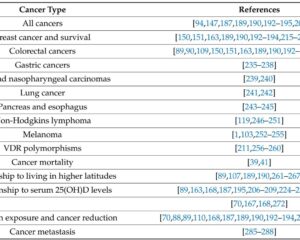Obesity is a major global health challenge linked to metabolic, cardiovascular, and inflammatory diseases. Conventional weight loss strategies often yield variable and insufficient long-term results. Increasing evidence implicates the gut microbiota as a key modulator of host energy balance, lipid metabolism, and inflammatory processes influencing obesity. Obesity-associated dysbiosis commonly manifests as reduced microbial diversity and depletion of short-chain fatty acid (SCFA)-producing genera such as Faecalibacterium and Christensenellaceae, which are crucial for gut barrier function and metabolic homeostasis.
This evolving understanding positions the gut microbiota as an important target to enhance efficacy and sustainability of obesity interventions. Dietary modulation is a well-established avenue for shaping gut microbial composition, but single dietary strategies may have limited impact due to the complex interplay of diet, circadian rhythms, and microbial metabolism.
Study Design
The Weight Loss Maintenance 3 Phases Program (WLM3P) is a randomized controlled trial investigating a multifaceted intervention in adults with obesity (BMI 30.0–39.9 kg/m2), compared to a standard low-carbohydrate diet (LCD). The 6-month weight loss phase integrates caloric restriction (~70% of daily energy requirements), a high-protein low-carbohydrate diet (carbohydrates 10–20%, protein 40–45%, fats 35–40%), 10-hour time-restricted eating (TRE), dietary supplementation with prebiotics and phytochemicals, behavioral support with frequent one-on-one sessions, and digital app-based adherence tools.
Fifty-eight participants (29 per arm) provided stool samples at baseline and 6 months for gut microbiota profiling via 16S rRNA gene sequencing. Anthropometric and biochemical parameters were measured, including fat mass, visceral fat area, and lipid profiles. Statistical analyses included diversity metrics, differential genus abundance (EdgeR, LEfSe), and regression modeling examining associations between microbiota shifts and body composition outcomes.
Key Findings
The intensive WLM3P intervention achieved significantly greater reductions than LCD in body weight (-6.5 kg vs. -3.2 kg), BMI, fat mass, fat mass percentage, visceral adiposity, waist circumference, and waist-hip ratio over 6 months, without compromising muscle mass or lipid profiles.
Microbiota analysis revealed that only WLM3P participants exhibited significant increases in alpha diversity (Shannon Index) and significant restructuring of beta diversity, indicating a more resilient and metabolically favorable microbial ecosystem. Differential abundance analyses demonstrated that WLM3P increased health-associated genera including Faecalibacterium and Christensenellaceae R-7 group, while decreasing genera linked to dysbiosis such as Romboutsia and Subdoligranulum. In contrast, LCD induced different shifts characterized by increases in Bacteroides and other Ruminococcaceae taxa.
Notably, Faecalibacterium abundance showed strong positive associations with reductions in fat mass (kg and %), and visceral fat area specifically in the WLM3P group, suggesting a microbiota-mediated mechanism facilitating adiposity loss. These relationships persisted after adjustment for age, sex, and BMI, and were not observed in the LCD group. Other correlations included negative associations of Ruminococcaceae UCG_002 with waist-hip ratio and positive links between Phascolarctobacterium and lipid parameters, reflecting complex genus-specific metabolic effects.
Expert Commentary
The study emphasizes the importance of a comprehensive, multifactorial dietary intervention to induce clinically meaningful microbiota remodeling conducive to weight loss. The integration of caloric restriction, tailored macronutrient ratios, time-restricted feeding, fermentable fiber and polyphenol supplementation, along with behavioral support, may synergistically enhance gut microbial diversity and enrich SCFA producers like Faecalibacterium. This bacterium is known for producing butyrate, which supports gut barrier integrity, reduces low-grade inflammation, and modulates energy metabolism via gut hormone pathways.
Such microbial shifts likely precede or augment host metabolic improvements and represent promising biomarkers of dietary responsiveness. However, the study’s reliance on 16S sequencing limits functional interpretation, and the relatively small sample size warrants cautious generalization. Further elucidation of mechanistic pathways via multiomics and longitudinal follow-up are needed to confirm causality and guide translation into individualized weight loss therapies.
Conclusions
The WLM3P multicomponent weight loss program outperforms standard LCD in achieving fat mass and visceral fat reductions while favorably remodeling the gut microbiota. Enhancement of SCFA-producing genera, particularly Faecalibacterium, correlates with improved body composition and underscores the therapeutic potential of microbiota-targeted nutritional strategies in obesity management.
Future directions include deploying functional metagenomic and metabolomic analyses and exploring targeted prebiotic or probiotic interventions to potentiate beneficial microbial shifts. This study provides a foundation for integrating gut microbiome modulation into precision nutrition frameworks aiming for sustainable obesity treatment outcomes.
References
Pereira V, Cuevas-Sierra A, de la O V, Salvado R, Barreiros-Mota I, Castela I, Camelo A, Brandão I, Santo CE, Faria A, Calhau C, Silvestre MP, Moreira-Rosário A. Gut Microbiota Shifts After a Weight Loss Program in Adults with Obesity: The WLM3P Study. Nutrients. 2025 Jul 18;17(14):2360. doi: 10.3390/nu17142360 IF: 5.0 Q1 . PMID: 40732984 IF: 5.0 Q1 ; PMCID: PMC12299616 IF: 5.0 Q1 .



